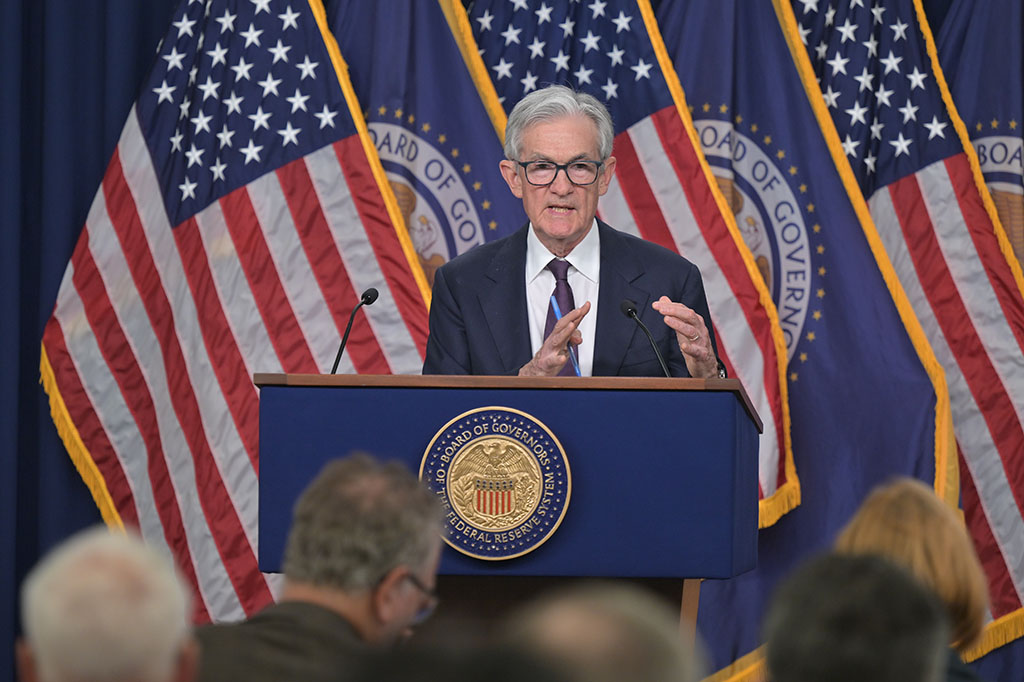Tariffs, Debt, And A Cautious Consumer
Since our last update, financial markets have been agitated by heightened volatility, driven by renewed tariff announcements. Growth-sensitive equities were hit hard following Liberation Day, while bonds—typically a safe haven in turbulent markets—barely moved. Such a muted bond response highlights a deeper concern over the United States’ ballooning debt. With over $4 billion in daily interest expense, investors are demanding higher yields to compensate for increased risk, making this a “today” problem instead of a “future” one.
Further compounding uncertainty are unresolved trade policies, a Federal Reserve reluctant to lower interest rates, and the potential for a one-time price reset once tariff clarity emerges. These dynamics are weighing heavily on both consumer sentiment and business investment, causing noticeable delays in capital deployment.

FOMC meetings, calendars, statements, and minutes are available here.
While certain soft indicators point to a fatigued consumer, the labor market remains resilient. This creates a policy dilemma for the Fed—why cut rates in the face of solid job data and risk fueling inflation? Nonetheless, rising delinquencies on auto loans and credit cards suggest that many Americans are feeling financial pressure despite headline employment strength.
The real estate market, and housing in particular, is experiencing the consequences of this macro backdrop. After a decade of strong appreciation, home prices appear to be leveling off. Affordability challenges persist, with many potential buyers unable to qualify for conventional financing. Even as banks offer competitive pricing on traditional loans, borrowers are increasingly opting for creative, non-traditional solutions—despite the higher cost.
Client feedback continues to reflect a difficult business climate. Many are accessing home equity through cash-out refinances—either to fund new home purchases, support business operations, or consolidate higher-interest debt. As a result, the bulk of today’s lending activity is concentrated in nuanced and bespoke mortgage products that provide the flexibility today’s borrowers require.
Mortgage rate surveys support the view that lenders are aggressively competing for a limited number of qualified prospects. A sampling of current rates across various loan types (for illustrative purposes only) is shown below:
- Private bank loans: Starting at 5.375%
- Boutique bank loans: Starting at 6.125%
- Profit and loss-based loans: Starting at 6.25%
- Bank statement loans: Starting at 6.500%
- DSCR (Debt Service Coverage Ratio) loans: Starting at 6.875%
- Bridge loans: Starting at 8.500%
View the latest interest rates and subscribe to Insignia Mortgage’s Weekly Market Commentary by Top Originator, Damon Germanides.
